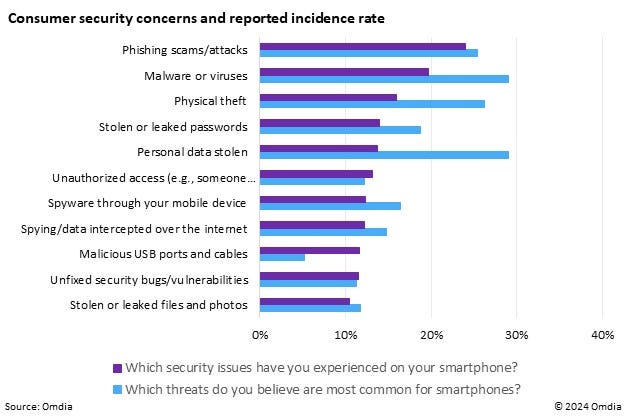
Tag: SMTP




A password attack is an attempt to gain unauthorized access to a system by cracking or guessing a user’s credentials. One of the most common methods used in password attacks is brute force, where an attacker systematically tries different password combinations until they find the correct one.…


Keypoints :
Networks enable devices to communicate based on established rules.…



Keypoints :
Nmap is used for network probing, service discovery, and operating system identification.…











Keypoints :
The box “Escape” is rated Medium and is the author’s first Active Directory machine.…
Keypoints :
Ivanti disclosed two high-severity vulnerabilities (CVE-2025–0282, CVE-2025–0283) affecting its products.…